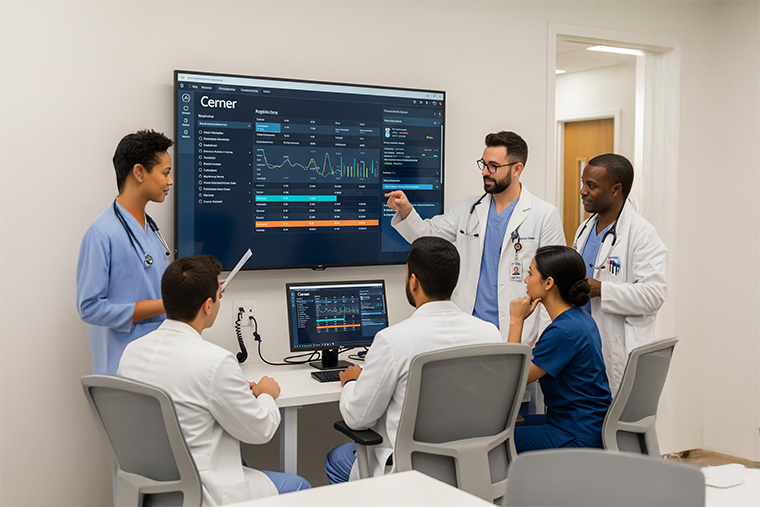Frequently Asked Questions
1. Which Cerner modules can Cabot connect to?
Cabot has hands‑on experience with Cerner Millennium® clinical and revenue‑cycle modules—PowerChart, PathNet, RadNet, PharmNet, SurgiNet, and others. We work through Cerner’s Open Developer Experience (code) APIs, traditional HL7 v2 feeds, and FHIR R4 resources to keep data moving accurately.
2. How long does a typical Cerner integration project take?
A focused, single‑workflow interface (for example, ADT or lab results) usually runs 8–10 weeks from kickoff to go‑live. Multi‑module rollouts that include data migration and custom workflows tend to take 12–16 weeks. After a free discovery call, we share a detailed timeline so you know exactly what to expect.
3. Can Cabot handle data mapping and migration from older systems?
Yes. Our integration team extracts historical records, maps HL7 or proprietary data to the correct FHIR structures, validates every field, and performs a zero‑downtime cutover. Your clinicians start day one with the full patient context intact.
4. How is patient data kept secure and compliant during the project?
All traffic is protected with TLS encryption, and every integration follows HIPAA requirements. We maintain SOC 2 controls, sign BAAs, keep detailed audit logs, and run threat‑modeling plus penetration tests before launch.
5. What kind of support do you provide after go‑live?
You receive 24/7 monitoring, SLA‑backed incident response, version‑compatibility updates for new Oracle Health releases, and quarterly optimization reviews to keep your interface running smoothly.






